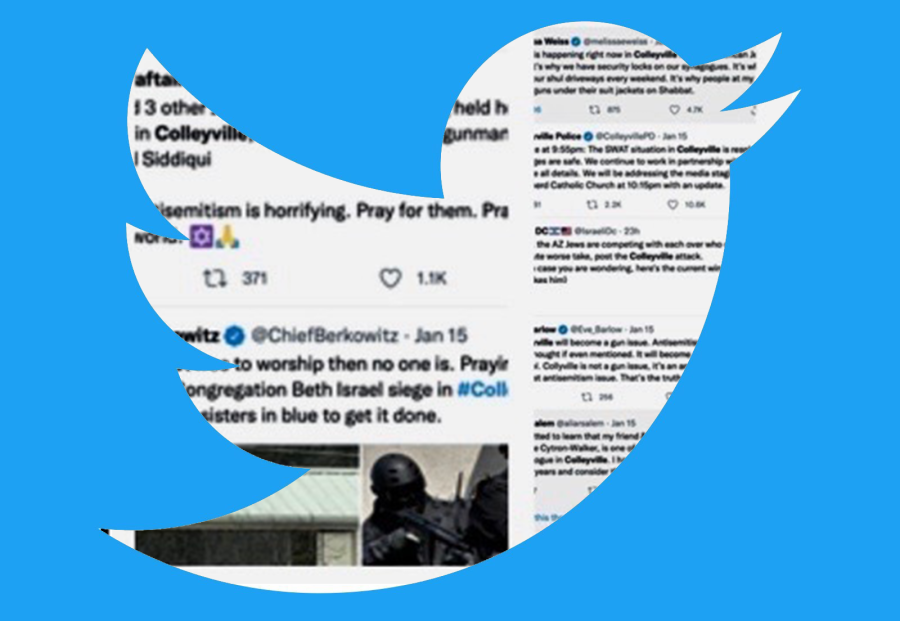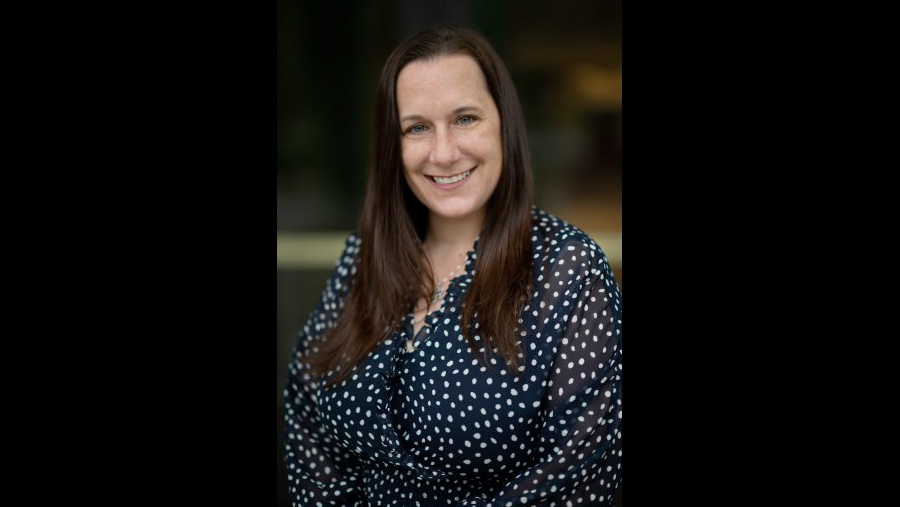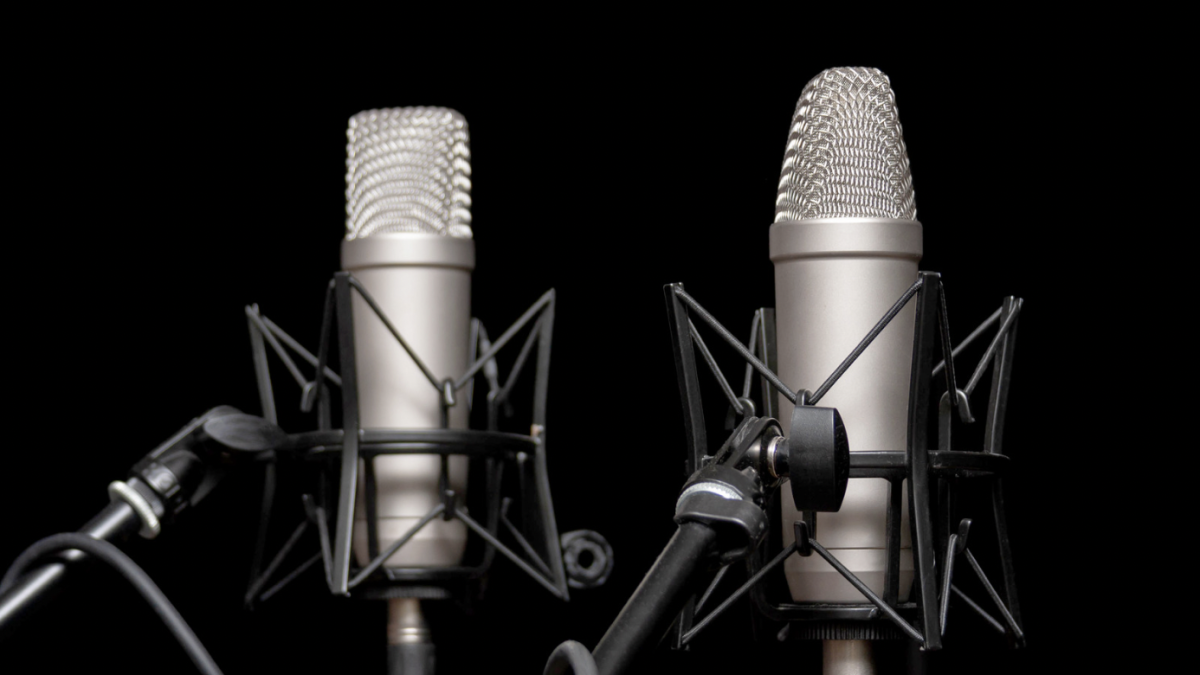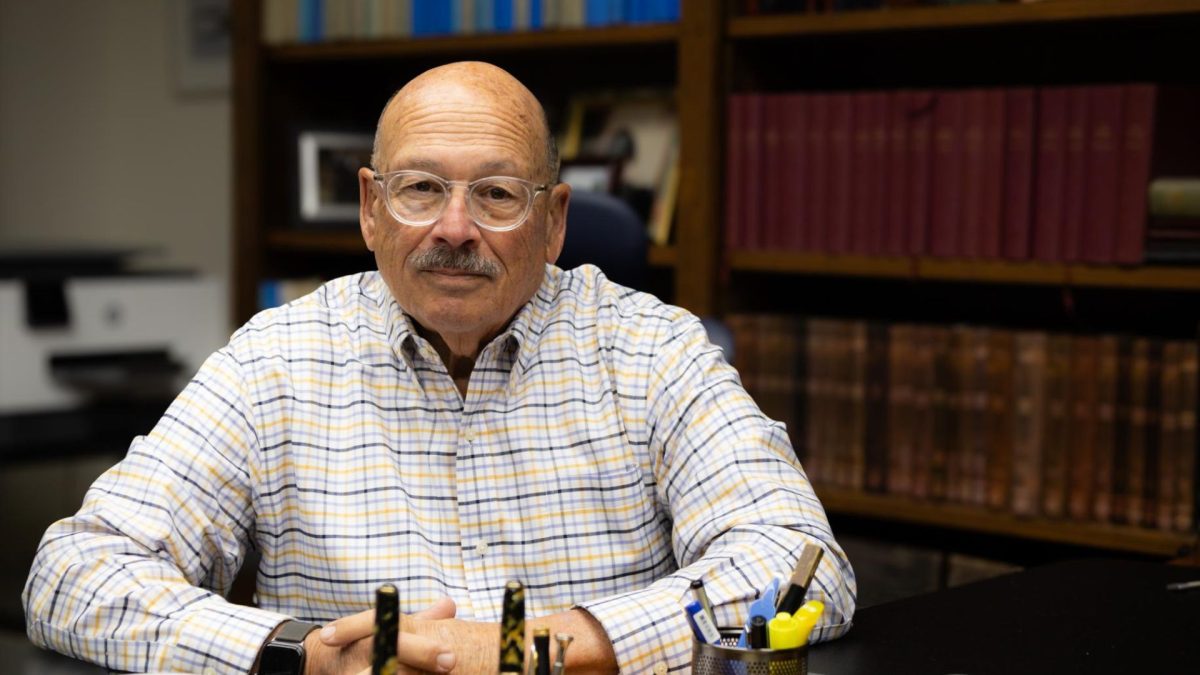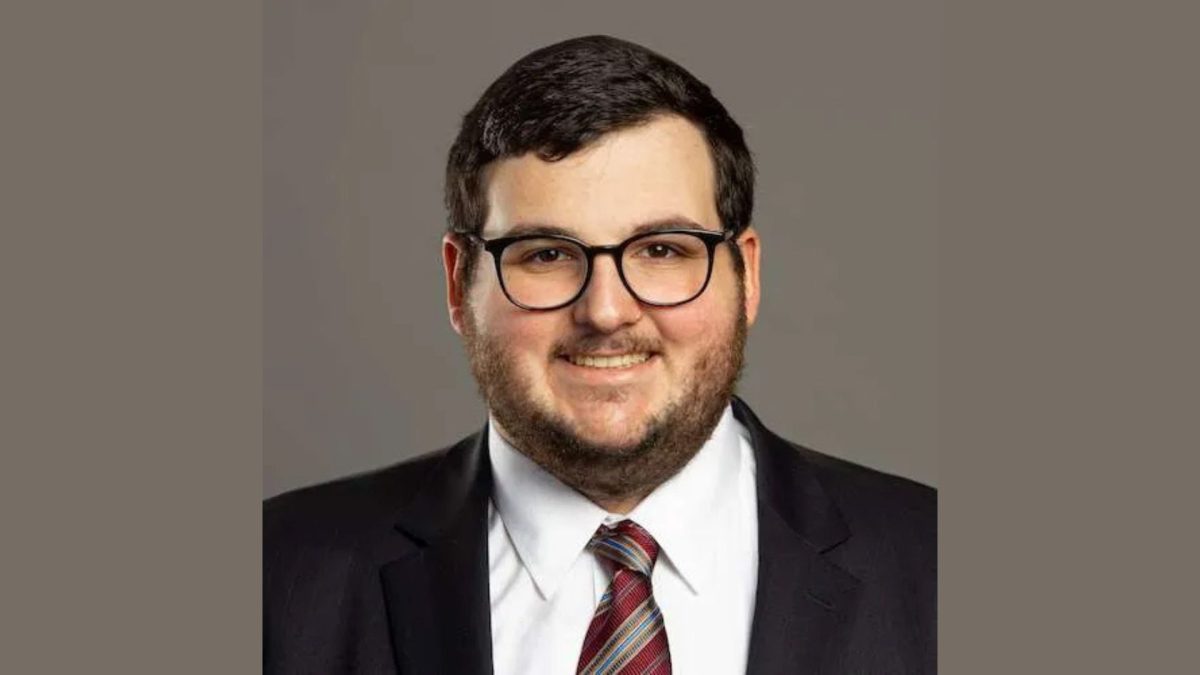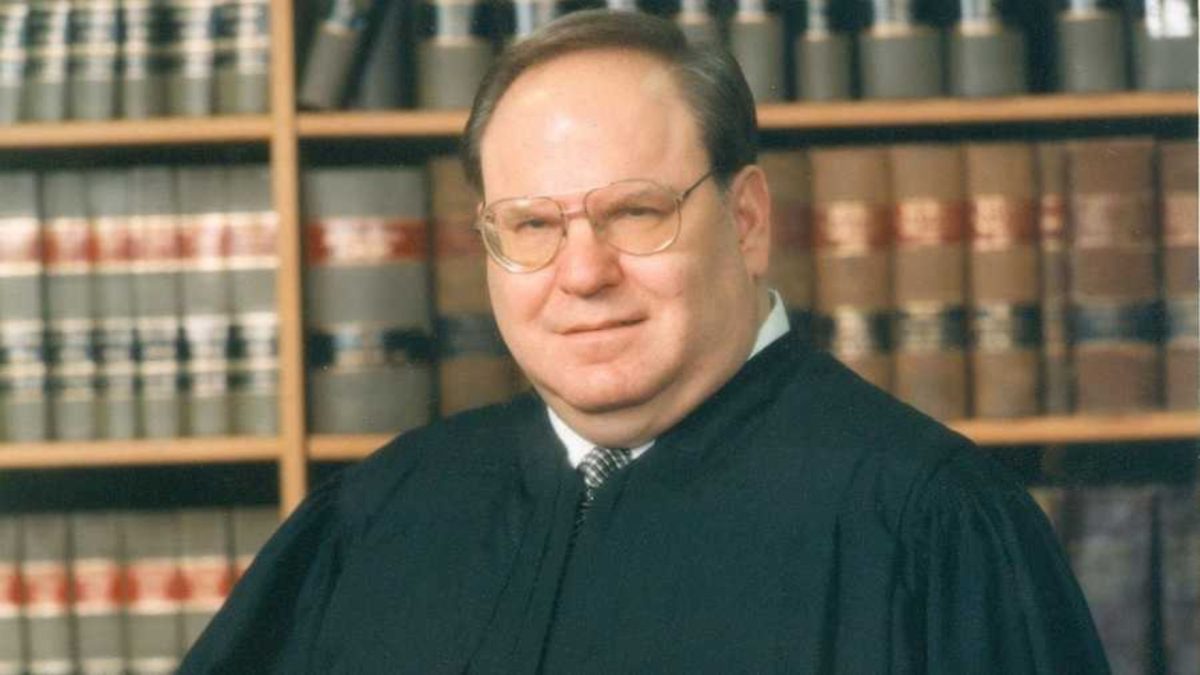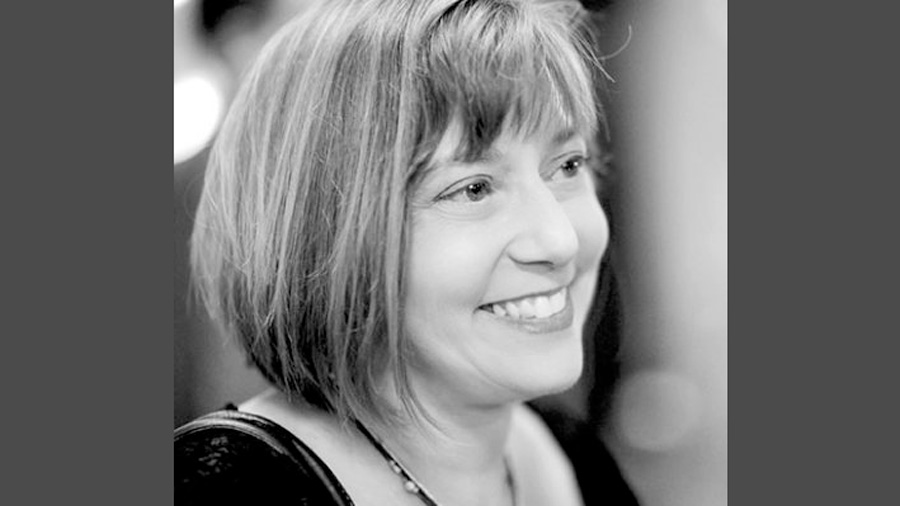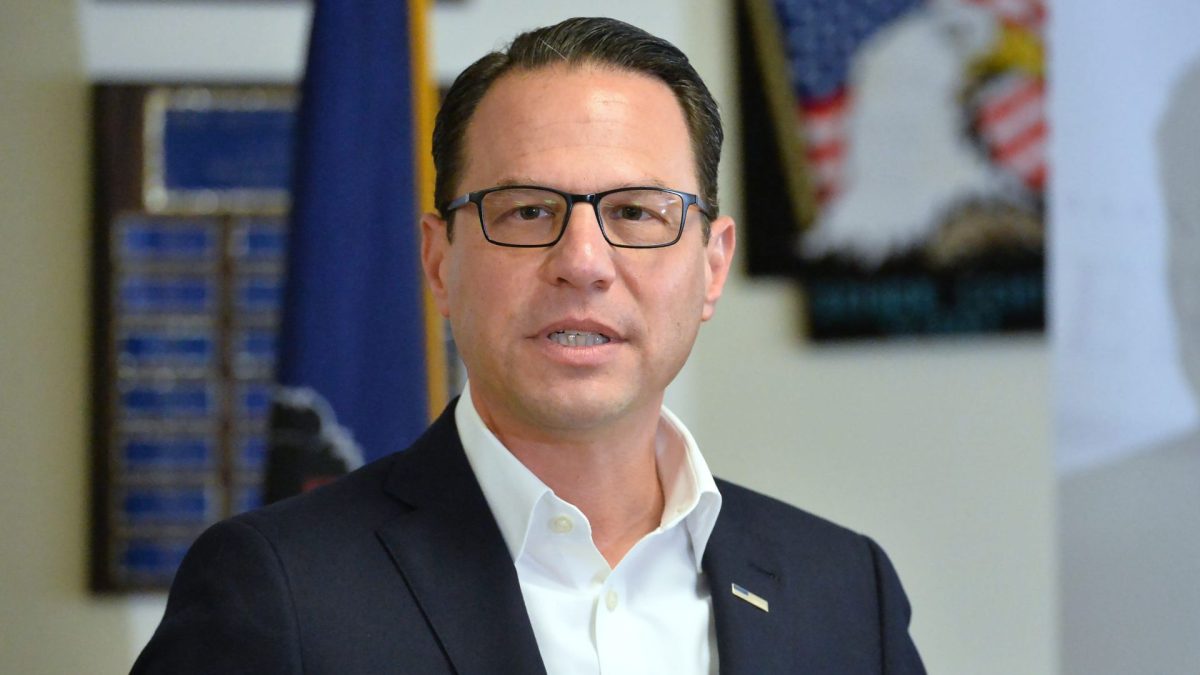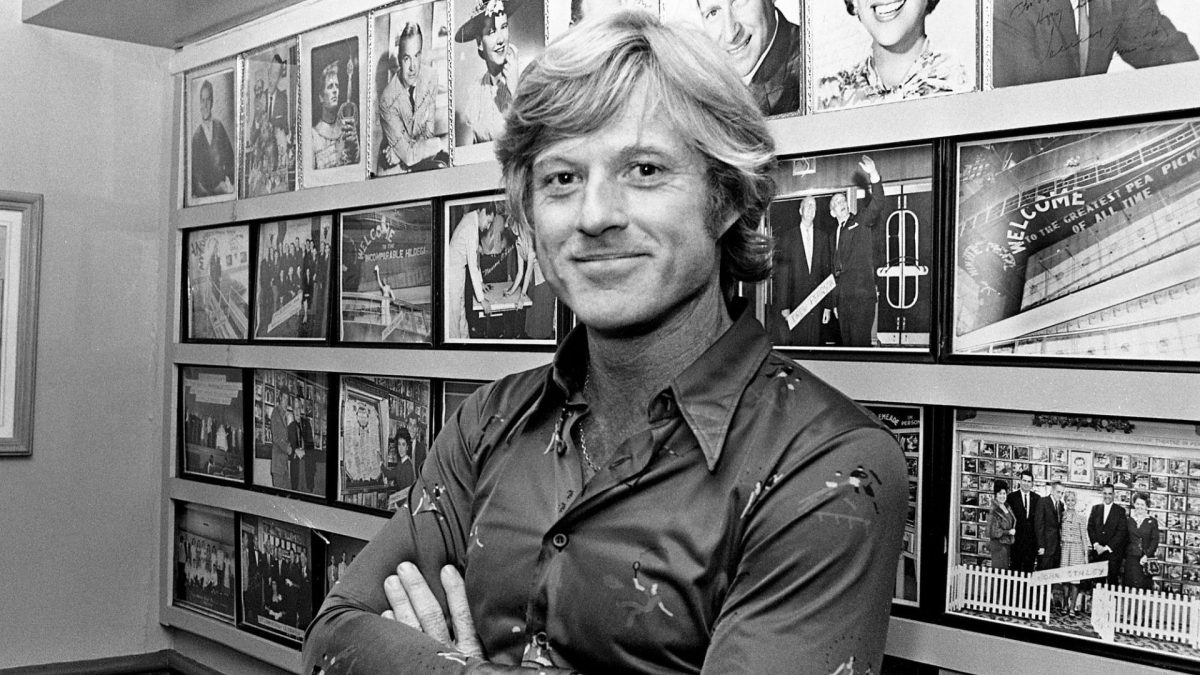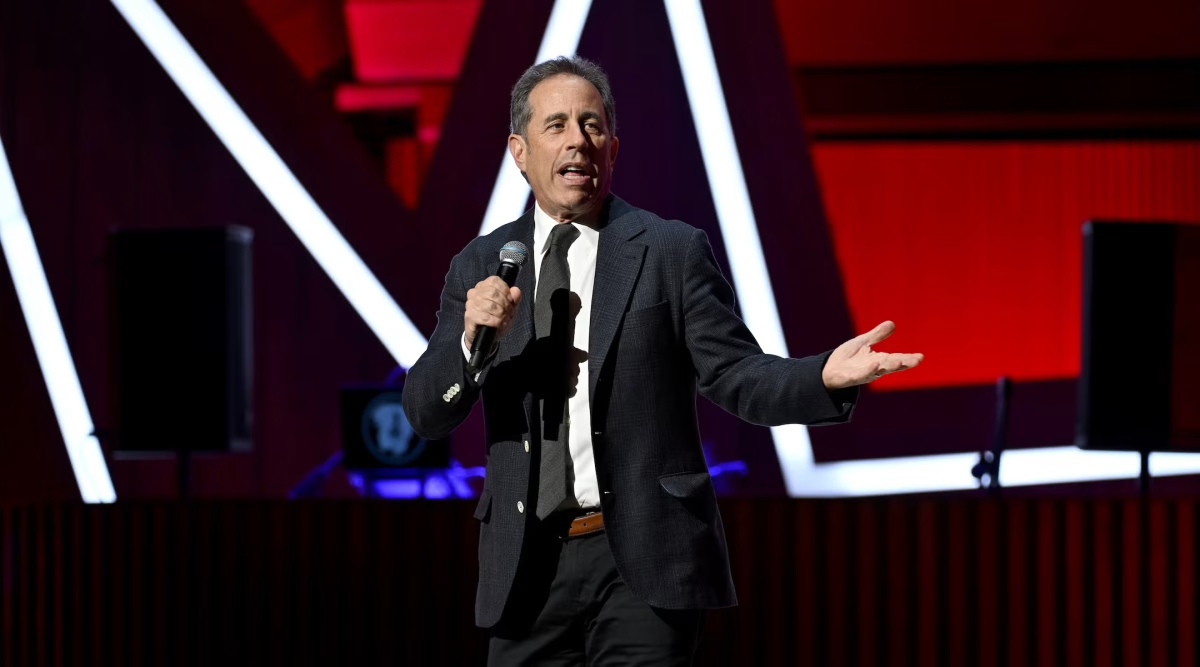(New York Jewish Week via JTA) — It was the best of Twitter. It was the worst of Twitter.
During the long agonizing hours of last Saturday evening, during which a rabbi and three congregants were held against their will at a Dallas-area synagogue, social media performed perhaps as its creators and optimists always thought it would. It was a community of caring, with users posting prayers, sharing their distress and comforting one another. They sent messages of hope to the Jews trapped in the building and words of gratitude to the responders gathered outside.
Actual vigils — or should I say, actual virtual vigils — were quickly organized, allowing people to tune in and turn to one another to pray and commiserate. Twitter became a tool for creating community at a speed that could scarcely be imagined in an analog world. Jewish officialdom – defense groups, synagogue organizations, Israeli diplomats – assured the world that they were “monitoring” the situation, a benign word meaning “we are anxious and scared and feeling as helpless as the rest of you.”
ADVERTISEMENT
As Shabbat ended and more and more Jews who had been enjoying a quiet Shabbat joined the vigil, the conversation grew and and the topics expanded. For many the crisis at Congregation Beth Israel in Colleyville was playing out as a slow-motion repeat of the 2018 Pittsburgh massacre, when people tuned in after another Shabbat and learned of the deaths of 11 Jews at the Tree of Life synagogue. Many lamented that U.S. synagogues need to be constantly on alert for attacks like these. New York comedian Alex Edelman tweeted, “People genuinely don’t seem to understand that this could happen at any synagogue in America.”
The locations of other recent deadly attacks on Jews were repeated like an incantation: Pittsburgh, Poway, Jersey City, Monsey….
And inevitably, this being Twitter, the conversations began to shift, taken over by the angry rhetoric of a polarized era. I’m not talking here about the white supremacists who celebrated the crisis, or the Muslim activist who appeared to support the hostage-taking because because the hostage-taker demanded the release of an accused Muslim terrorist. I’m talking about the Jewish conversation.
Jewish users began to demand that Muslim groups denounce and distance themselves from the crime. And when they did — when the Muslim-American organization CAIR said the hostage-taking was “an unacceptable act of evil” — many held them and their spokespeople responsible for years of incitement against Israel and the Zionist synagogues that support it. Others turned their ire on the media, claiming without evidence that the standoff would have gotten more attention if the victims were Black and the perpetrator were white. (CNN, the only cable channel running nonstop coverage, broke off to air a previously scheduled documentary on “The Movies: The 2000s.”)
Even as the lives of four people hung in the balance, Jews and Muslims sniped. When some users fretted about an Islamophobic backlash, they were attacked for “centering” Muslims during a Jewish tragedy.
ADVERTISEMENT
The comments got ugly and uglier. Some Jews attacked the synagogue’s rabbi, Charlie Cytron-Walker, for his liberal politics. Or asked why he invited a stranger into the synagogue in the first place.
(At the same, people eagerly shared the news that Cytron-Walker was known locally for his outreach to the Muslim community and overall menschiness.)
CNN quickly turned back to the hostage crisis when a loud bang was heard from the direction of the synagogue, and reported some 30 minutes later that all the hostages were safe and the suspect dead.
With the immediate crisis resolved, the online conversation shifted yet again, this time to a comment by the head of the FBI Dallas Field Office, Matthew Desarno, who said that the hostage-taker was “singularly focused on one issue and it was not specifically related to the Jewish community.” Jewish Twitter erupted, asking how an attack on a synagogue on a Shabbat morning could be anything other than “specifically related to the Jewish community.”
That conversation, at least, was rooted in the facts and an important communal debate. The British national who carried out the attack was said to be demanding the release of Aaifa Siddiqui, a Muslim woman suspected of plotting attacks in New York who is now serving an 86-year sentence in the Fort Worth area. How was it possible, commentators like Rabbi Jeffrey Salkin of Religion News Service asked, to separate Islamist terrorism from the antisemitism and anti-Zionism of its ideologues?
It’s conceivable that Desarno wasn’t deeply versed in what is and isn’t a “Jewish” issue — perhaps mistakenly viewing antisemitism as an attack on Judaism as a religion and not an attack on a people inextricably tied up, intentionally or not, in geopolitics. (It’s also conceivable that he was just tired.) If he wasn’t before, he probably is now: In thanking the FBI and law enforcement, the Anti-Defamation League said pointedly in a statement: “There is no doubt, given what we know so far, that the hostage-taker chose his target carefully. We urge law enforcement and prosecutors to investigate the role antisemitism may have played in motivating the suspect.”
The debate won’t end there. Some Jews will insist that targeting Jews in the name of an Islamist terrorist confirms their worst fears about “the new antisemitism.” Others will point out the central place Israel holds in American synagogue life and conclude that vulnerability to haters is the price Jews pay for their commitments.
Twitter isn’t real life, but it is a close simulacrum of how Jews talk to and about one another. On Saturday, as it does so often, the conversation devolved into anger and invective even before the crisis was resolved, and before the facts were in. Twitter is a machine for amplifying fast takes, misinformation and invective. It is also a tool for community-organizing, mutual support and enlightening opinions. During the Colleyville hostage crisis, it was both.
—
The post From vigils to vitriol, the Texas hostage crisis showed social media at its best and worst appeared first on Jewish Telegraphic Agency.



